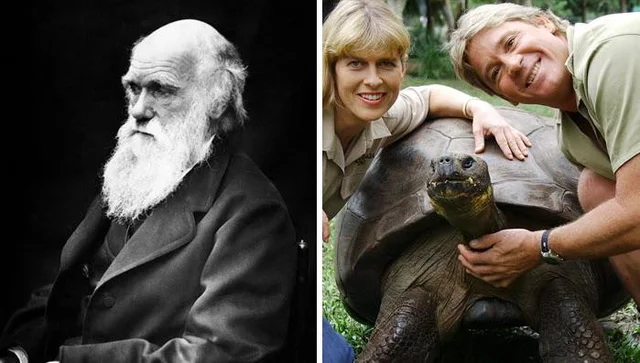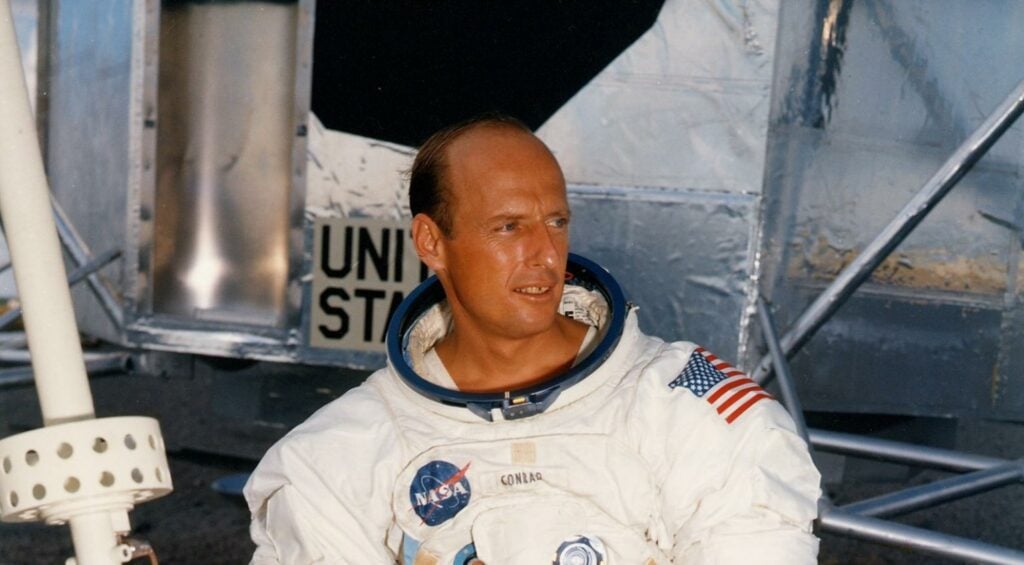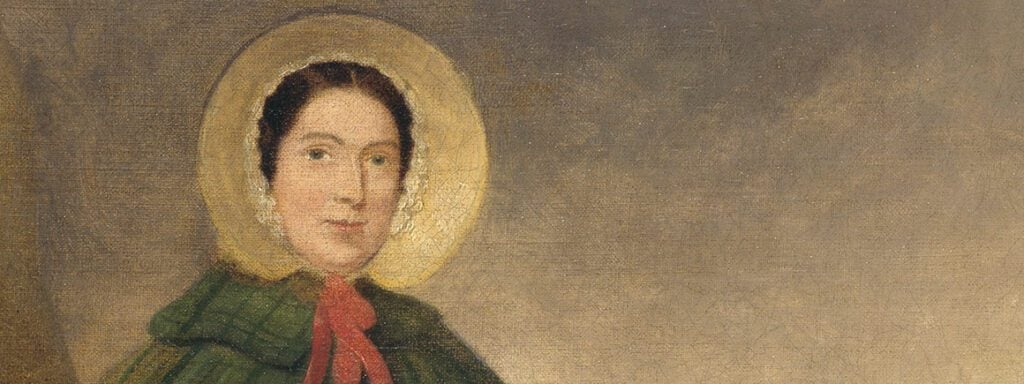Charles Darwin Had a Pet Tortoise Named Harriet. She Died in 2006 and was Estimated to be 175 Years Old Upon Her Passing.
Tortoises generally have a life expectancy of more than 250 years, while others live only about 80. On average, across all species, they live up to 150 years. According to the Guinness World Records, the oldest land-living tortoise is 190 years old. But did you know that Charles Darwin had a pet tortoise that outlived […]









